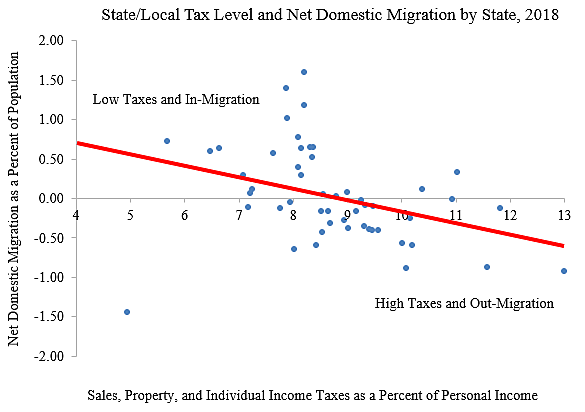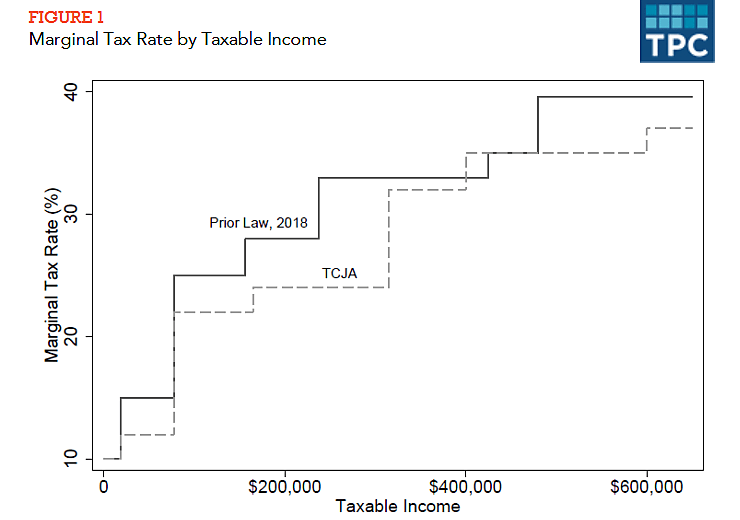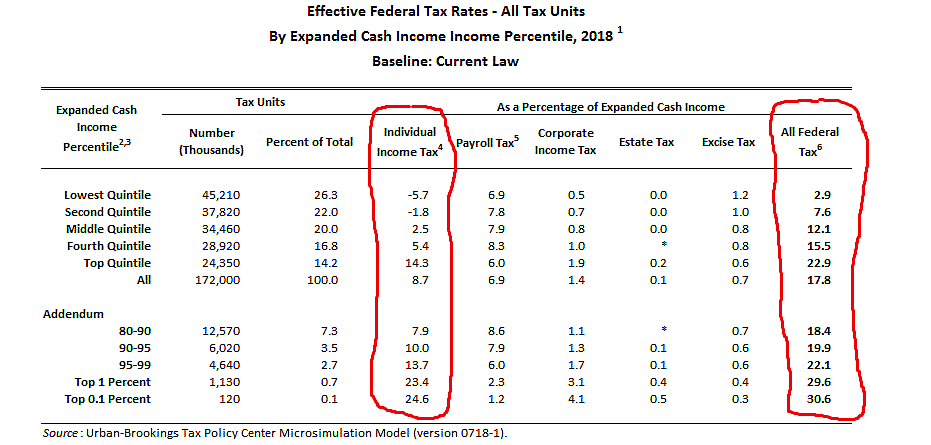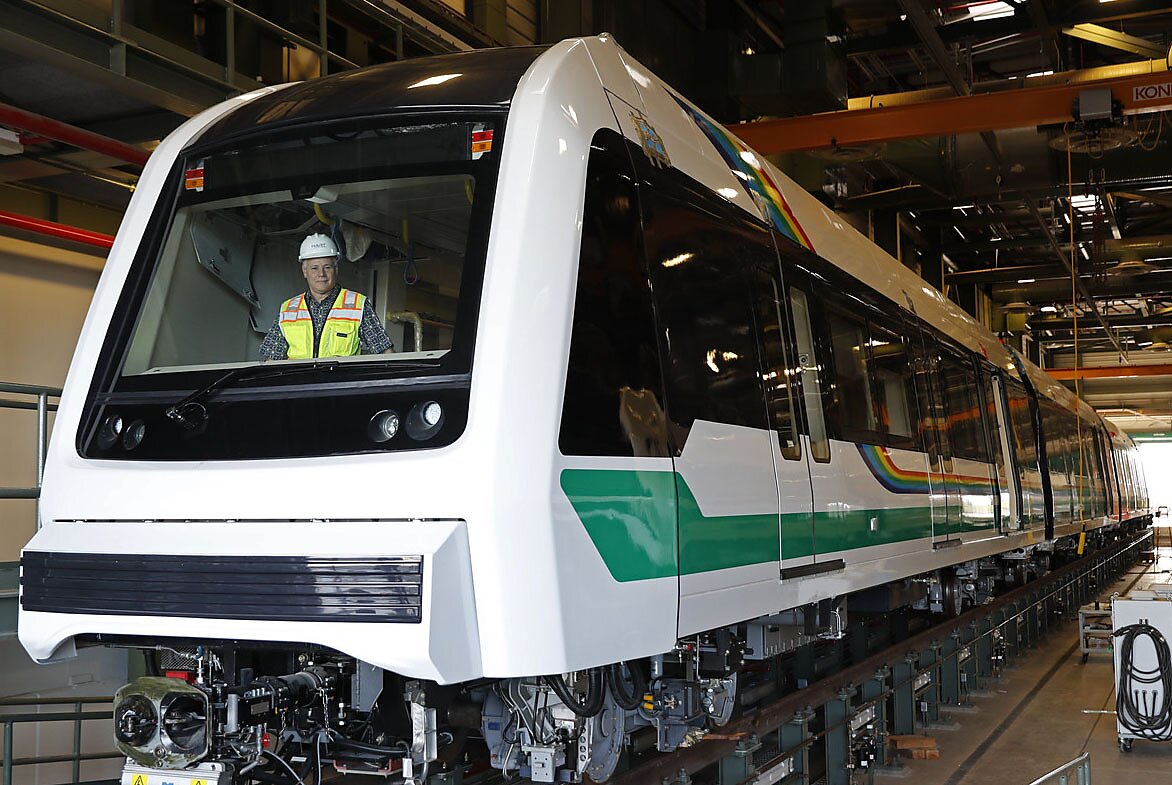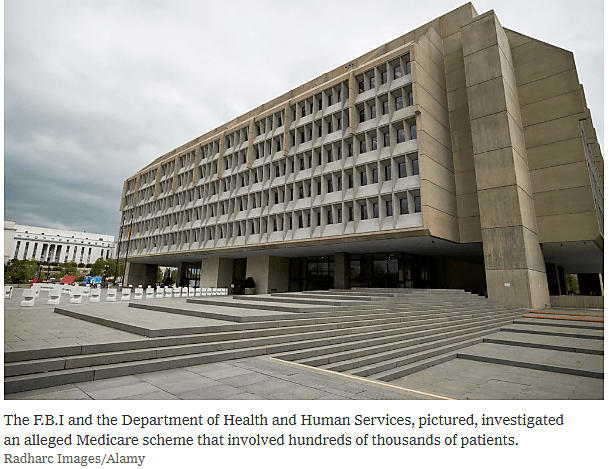Media reports suggest President Trump and Democratic leaders have agreed in principle to a $2 trillion infrastructure plan “to upgrade the nation’s highways, railroads, bridges and broadband.”
Minor details such as how to finance it have yet to be agreed. White House Chief of Staff Mick Mulvaney doubts the deal will come to fruition anyway, given differences between the parties on environmental regulations surrounding new projects.
But it’s difficult to think of a worse way to make major policy than to dream up a big round number and then work backwards in deciding how money is spent.
Indeed, if $2 trillion is the answer, then what, exactly, is the economic question?
Is $2 trillion the amount needed to invest in targeted public goods that the market would not or could not provide? Is $2 trillion the amount the politicians think is needed for specific projects to enhance long-term economic growth? Is $2 trillion the amount politicians feel is necessary to repair existing infrastructure? Is $2 trillion what they feel the federal infrastructure contribution needs to be to alleviate negative externalities such as pollution? Or is $2 trillion maybe what they think is necessary to create shovel ready jobs to minimize unemployment?
Judging by the joint post-meeting statement from Speaker Pelosi and Senator Schumer, the Democrats have no coherent answer here. Within their 224-word statement, they outlined no fewer than 9 distinct policy aims or ambitions that any infrastructure package would be trying to meet:
- “creating jobs immediately”
- “bolstering commerce”
- “advancing public health with clean air and clean water”
- “improving the safety of our transportation”
- “expanding broadband to…underserved areas”
- “being for the future”
- paying “the prevailing wage”
- involving “women, veteran and minority-owned businesses in construction”
- addressing needs in “every congressional district”
Whatever the economic case for a major infrastructure program (and for my thoughts on that, read here), it should be obvious that these aims contradict one another.
Lots of projects with high returns take extensive planning and won’t “create jobs immediately.” Investment in safety might come at the expense of other projects that bolster commerce. Paying “the prevailing wage” will likely leave fewer resources to address needs in more districts. Selecting contractors based on the demographics of the owners might trade-off the safety quality of the job. Focusing on safety upgrades for existing infrastructure means fewer resources for “the future.” Addressing needs in every district and expanding rural broadband is almost certainly not the best way to bolster overall commerce. I could go on.
This plethora of aims is grist to the mill for a conclusion I reached back in 2017:
The sad truth is that infrastructure investment through the political process rarely prioritises long-term growth. Other considerations dominate, whether electoral advantage or regeneration of an area – even when market signals point to the need to expand booming regions.
And:
The conflicted role of being both the promoter of a project and being responsible for examining its failures and risks leads politicians to make over-optimistic claims about a scheme’s benefits relevant to costs.
In principle, smart investments in infrastructure can sometimes improve economic welfare. But when huge amounts of federal money is seen as a communal pot for a host of social, environmental, local and “make work” objectives, the chances that such money will be spent wisely looks slim.
